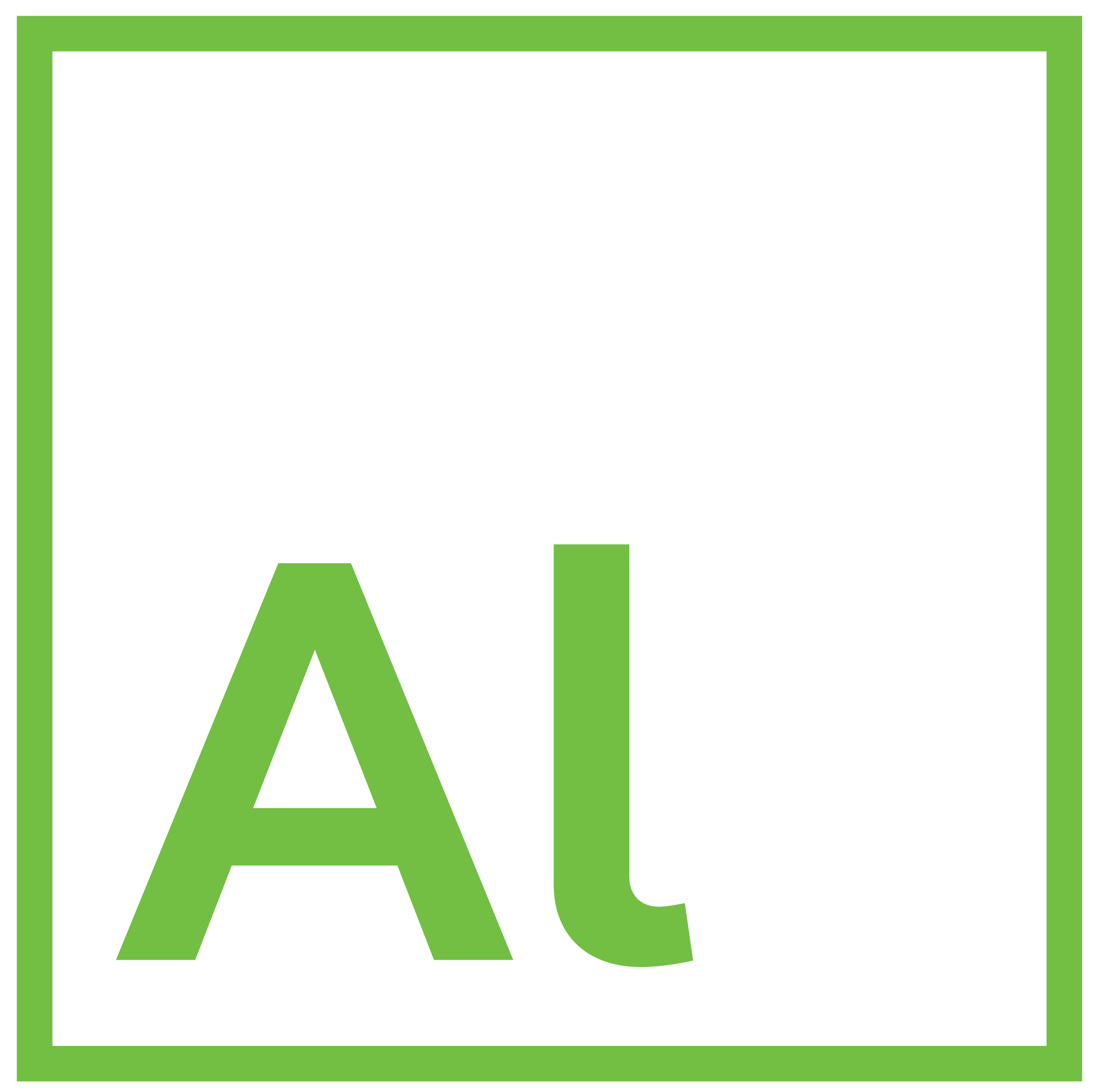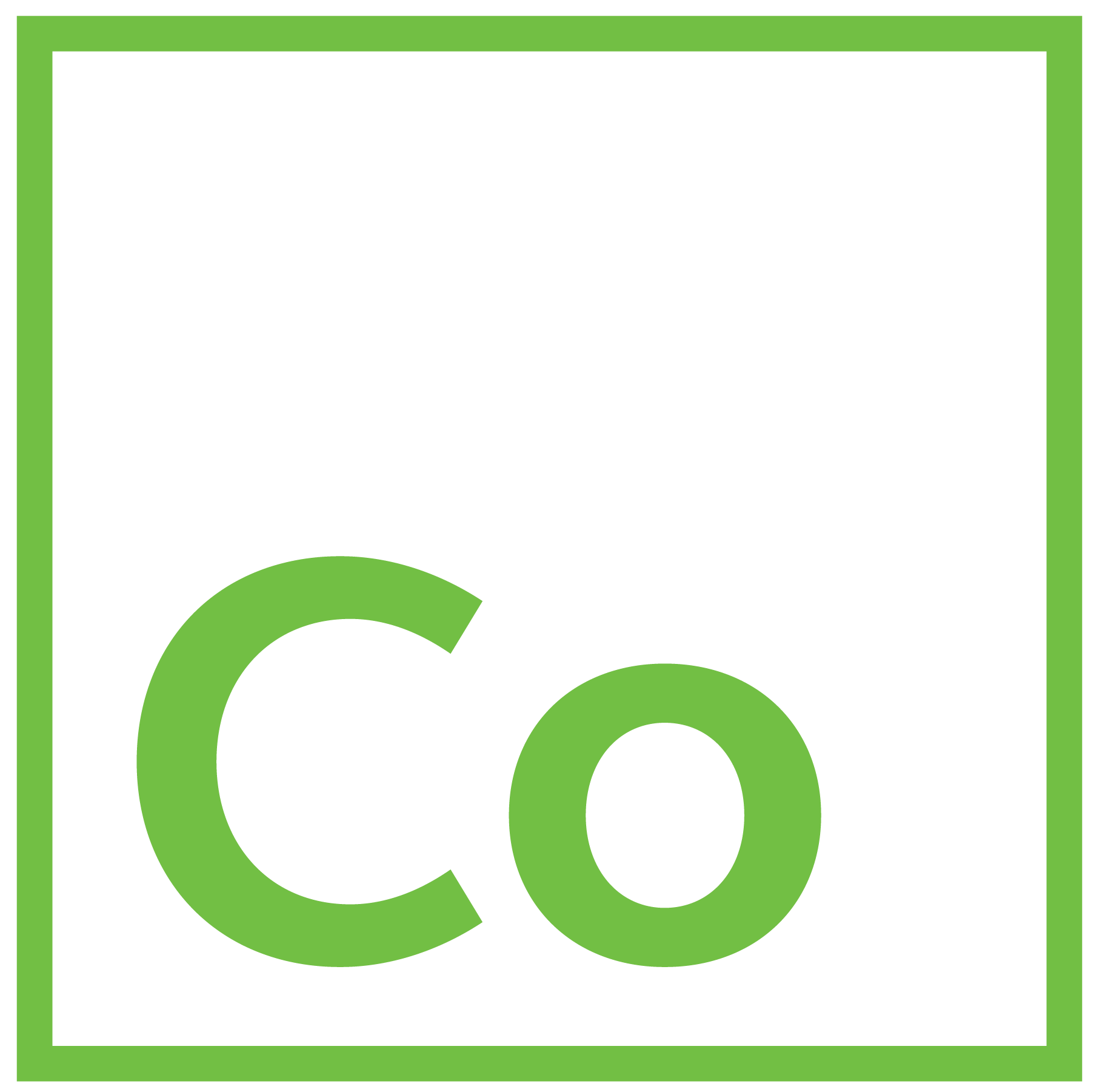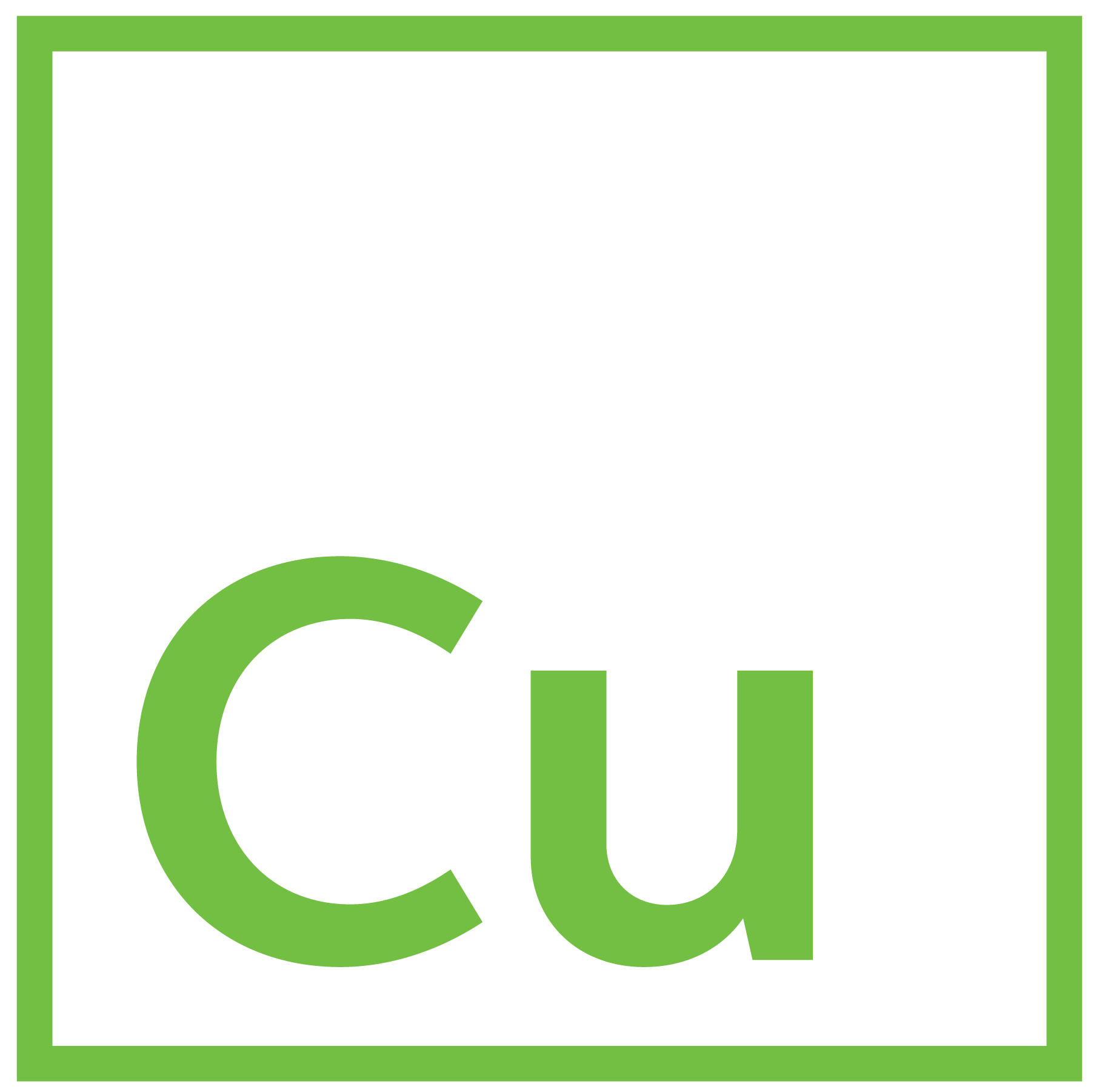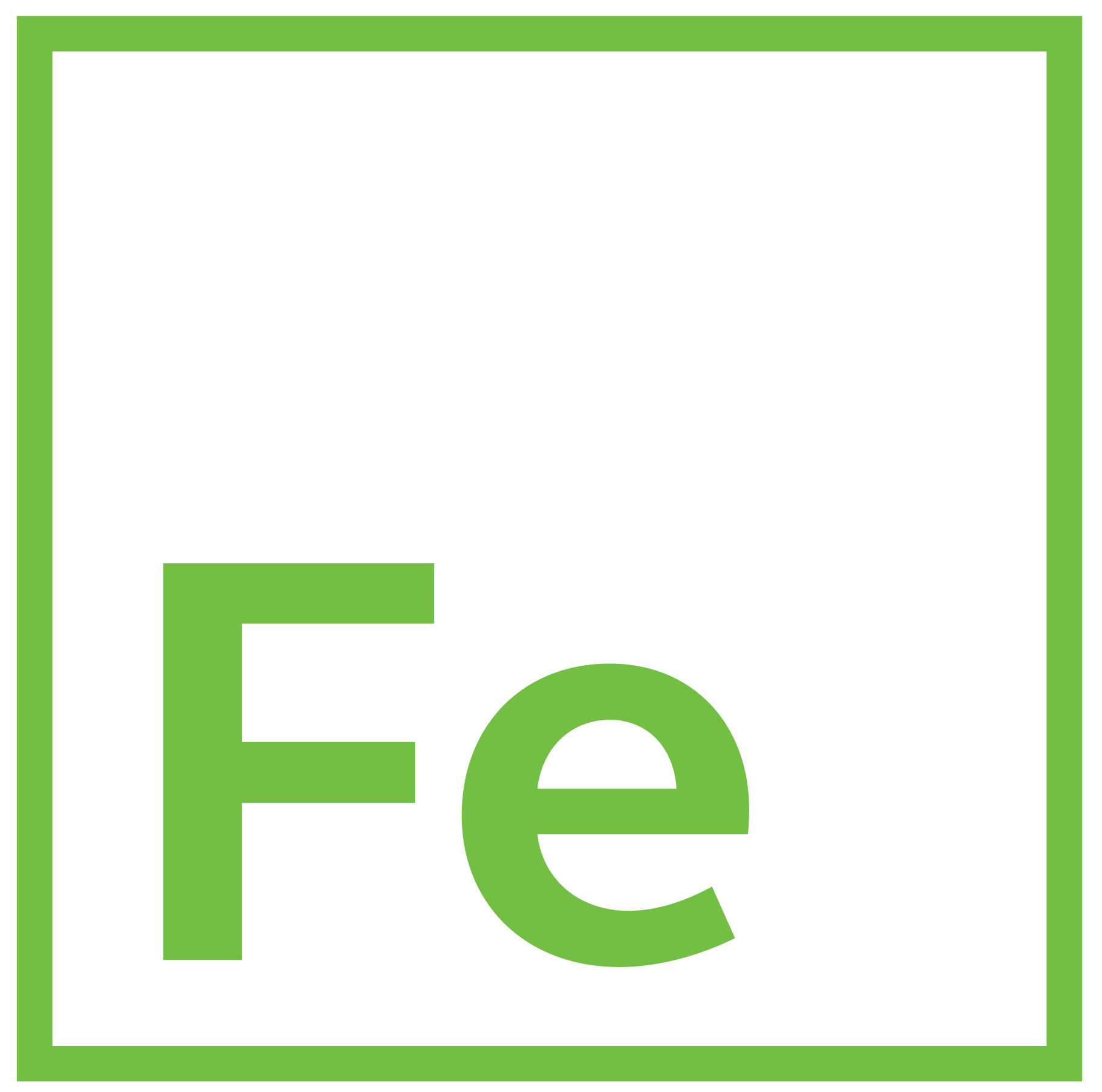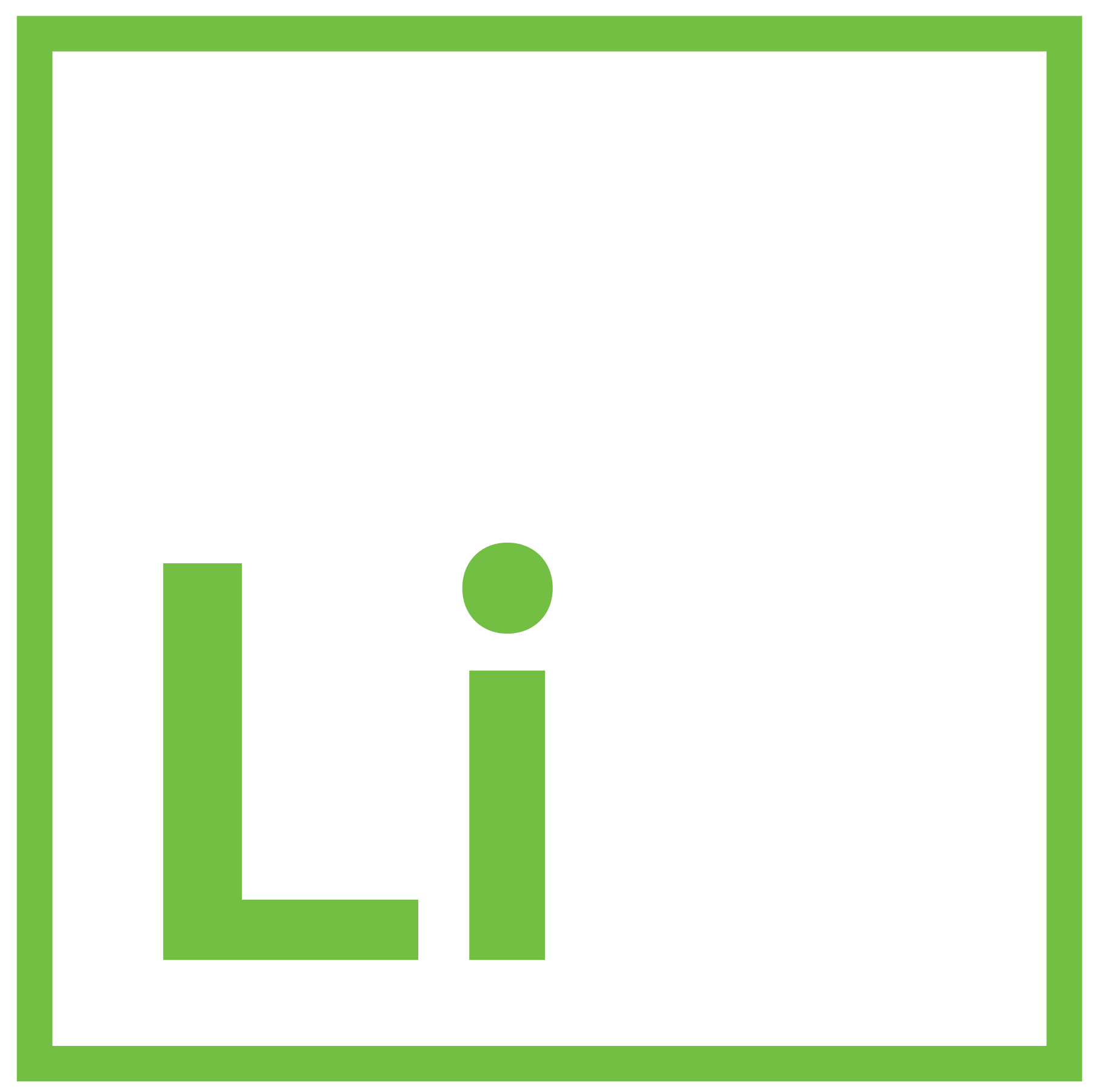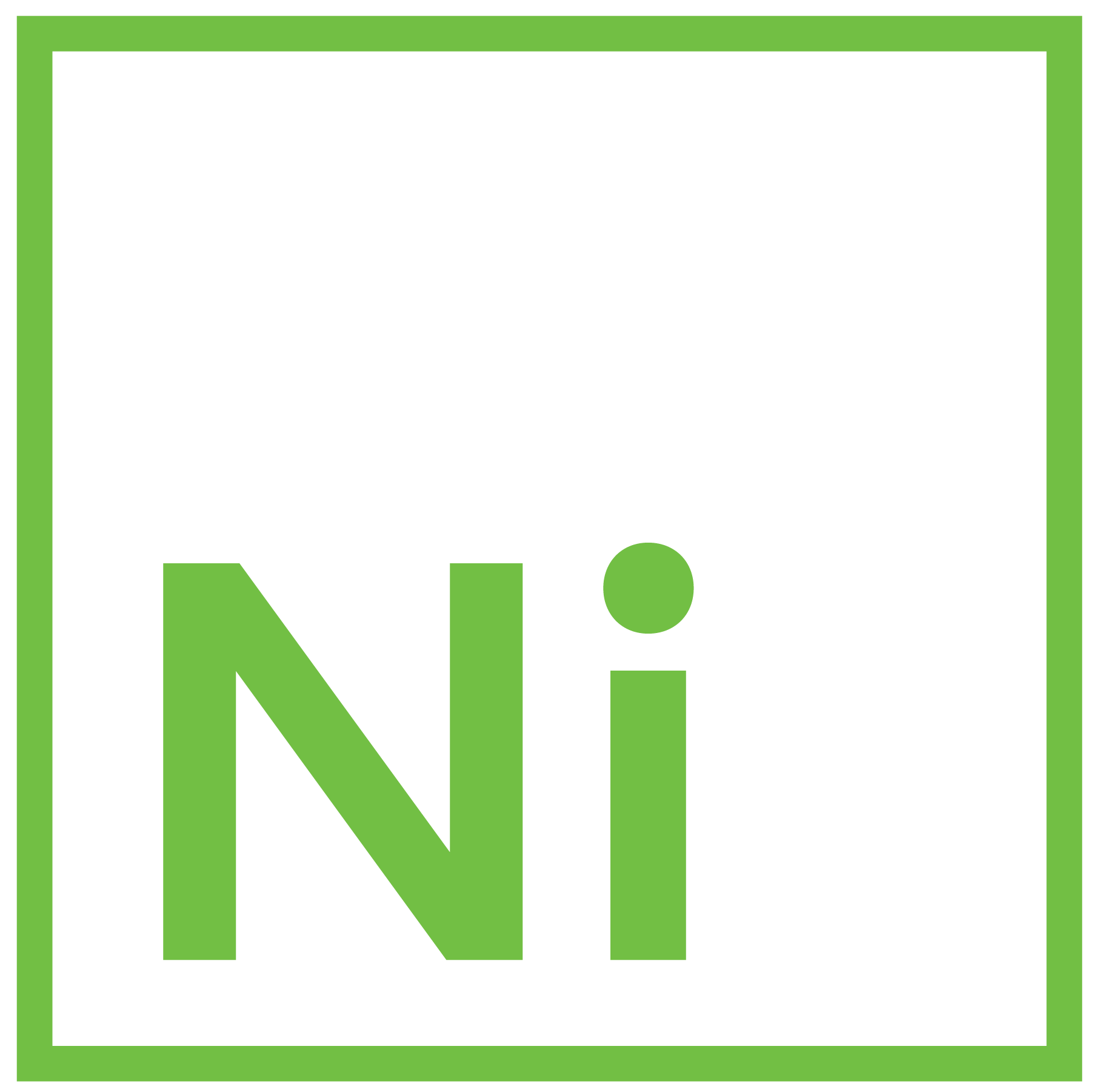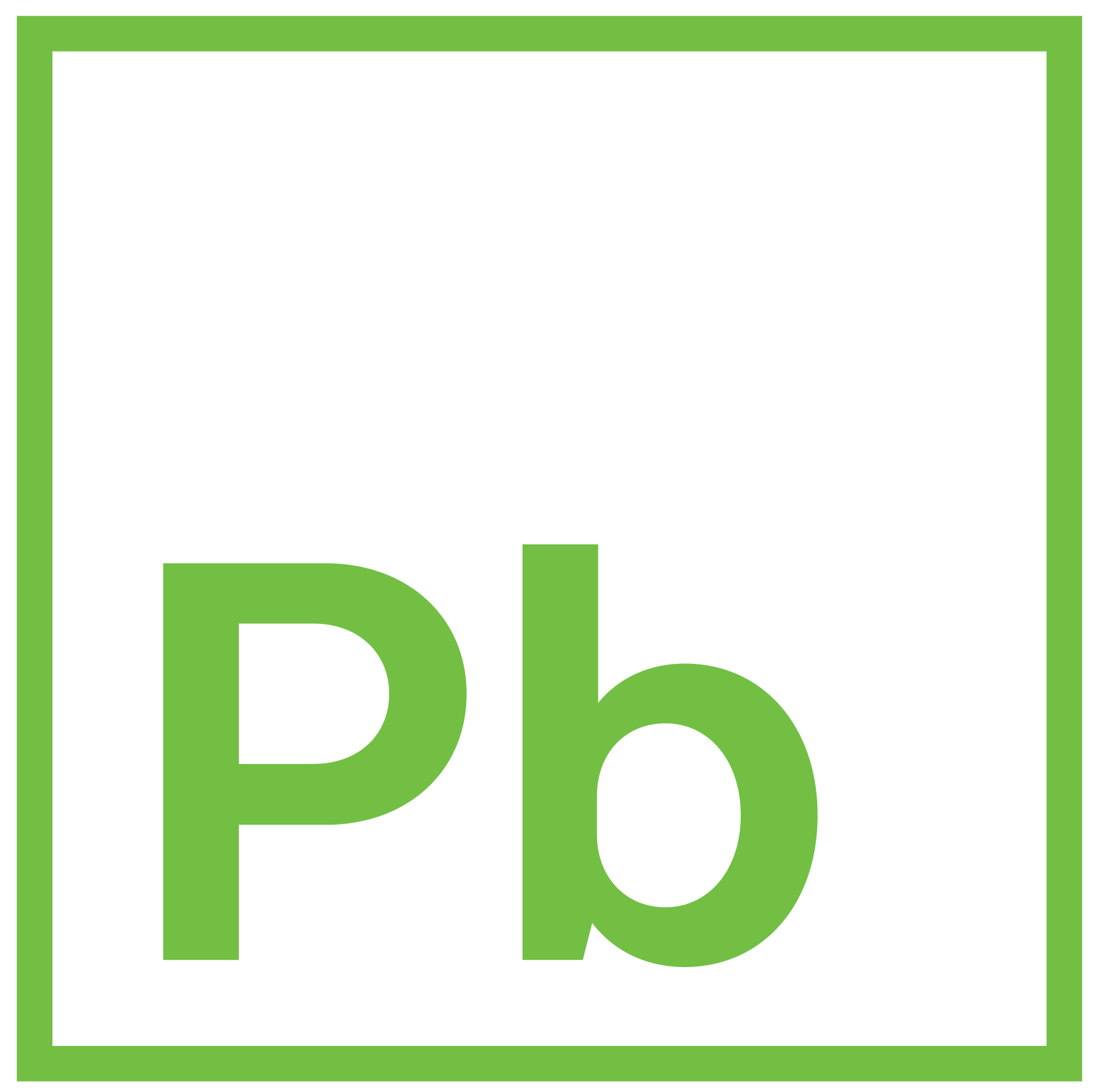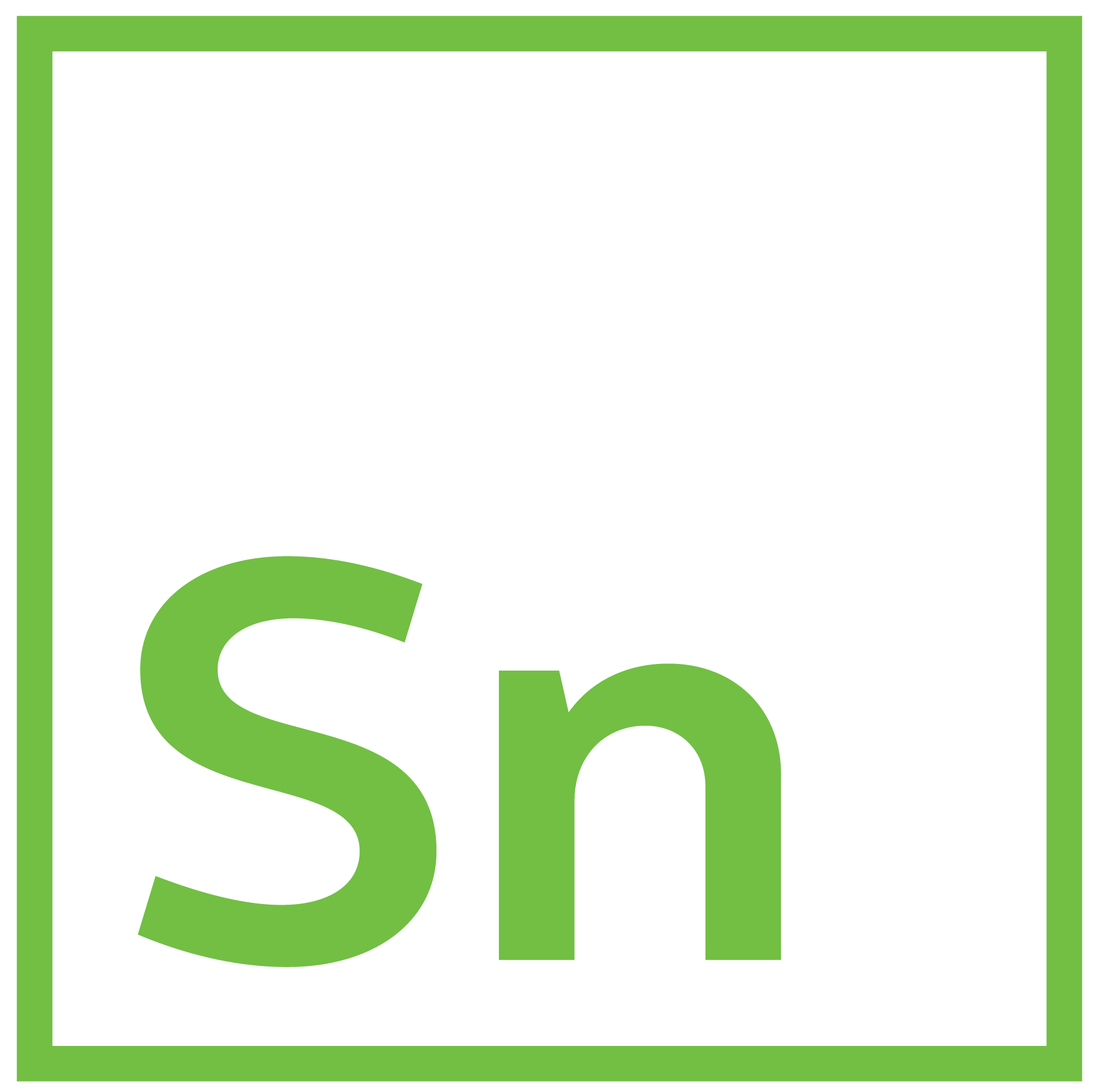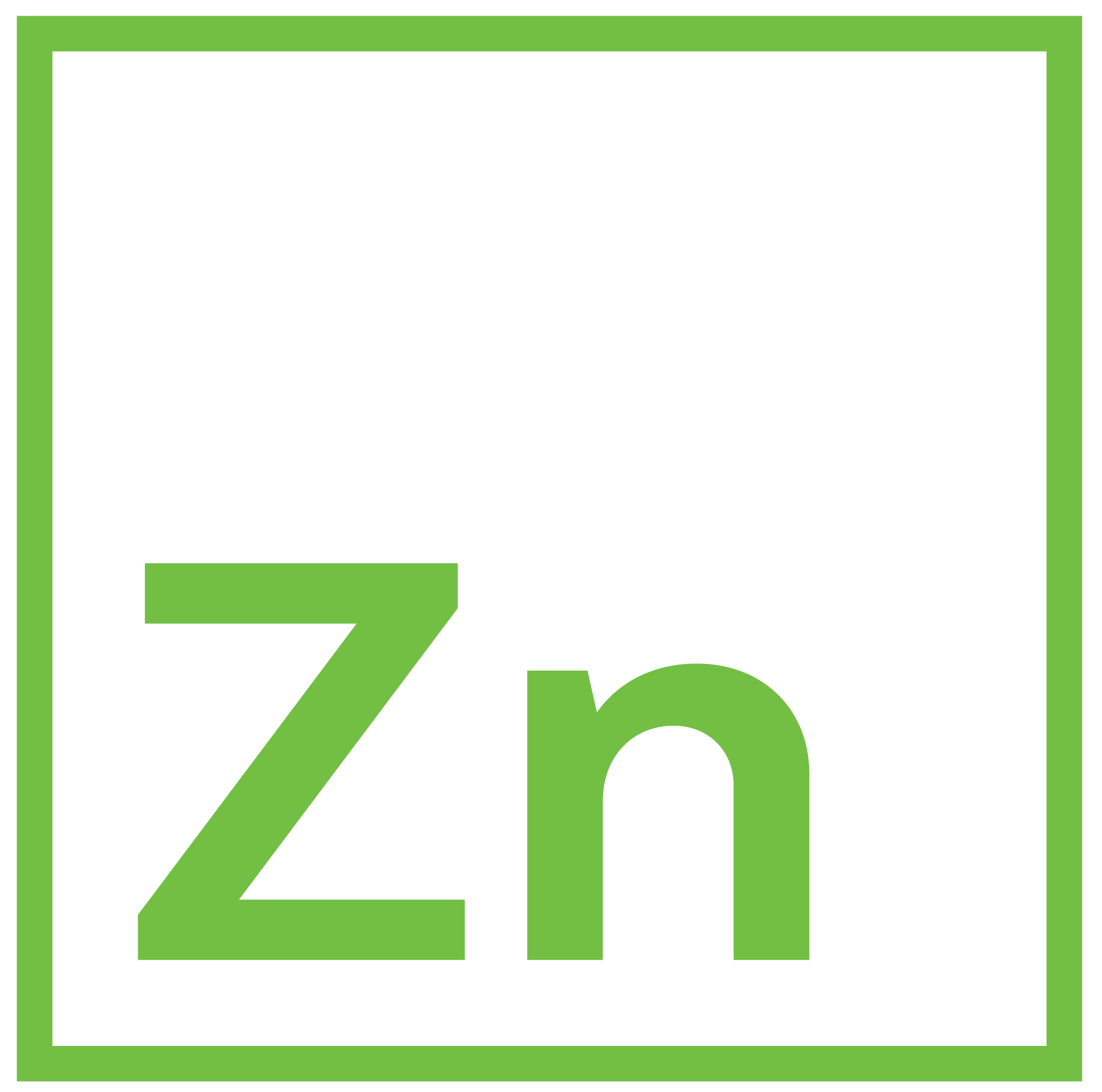Since Ford Motor Co’s first product, the Model T – equipped with a 22-horsepower, 4-cylinder internal combustion engine (ICE) and sporting a skin of new breed, heat-treated vanadium alloy steel – rolled out of its Detroit plant in 1908, the fortunes of the automotive and steel industries have been stubbornly intertwined.
It took until the late 1980s and mounting competition from Japanese automakers accompanied by a revolt among car buyers against the “rust buckets” rolling off American assembly lines, however, for zinc to muscle its way into the automotive materials mix. To compete, automakers in the United States were forced to call on the rust-busting, corrosion prevention/protection talents of zinc – bonded to the surface of steel – to help restore their reputation and stem the waves of automotive imports hitting their shores.
Today, the global auto industry and the supply chains that serve it are racing to reverse the tides of a much more formidable – some even say “existential” – threat posed by climate change. Addressing that threat, automakers around the world are ploughing billions of dollars into the design and development of electric vehicles (EVs).
In late June of this year EYGM, a member of the global EY organization, issued a news release summarising three key findings of “new” EY research and analysis of the EV market:
- Combined EV sales in the US, China and Europe will outstrip all other engine sales by 2033.
- By 2045, non-EVs will account for less than 1% of total automotive sales.
- Europe is expected to lead EV sales volumes until 2031 with China assuming the lead from 2032 to 2050.
“Long story short, the train is travelling at full speed. It is just a matter of time,” Christian Mildner, the London Metal Exchange’s (LME) Head of Corporate Sales, commented on the rapid pace of the EV revolution. “You can set an expiry date on the ICE for 2030, 2035 or even 2027,” he adds. “But one thing is certain, it’s coming.”
The ramifications of that upcoming upheaval on the pricing dynamics of the metals listed on the LME vary from metal to metal, with lithium, cobalt and nickel expected to see steep increases in demand based on their use in EV batteries.
“Demand for lithium and cobalt is forecast to increase by an estimated 637% and 183% respectively,” Paul Mitchell, EY Global Mining and Metals Leader, observed earlier this year in a white paper entitled “Why Mineral Supply May Be an E-Mobility Roadblock”. “Tesla alone could need 1.15 million tonnes of nickel each year – almost 50% of current global supply – to meet targets,” he noted.
To date, zinc, a $40-billion-per-year market, according to the International Zinc Association (IZA), is a long shot at best when it comes to the metal’s potential to wrestle market share from the established materials mix for EV batteries. In its annual Global EV Outlook 2021, issued in April of this year, the International Energy Agency (IEA) reported that nickel-manganese-cobalt continues to be the dominant chemistry for Li-ion batteries, with sales share of around 71%, and nickel-cobalt-aluminium accounting for most of the rest.
“Zinc is a 13-million-tonnes-per-year market. So, even if zinc were to capture a share of the EV battery materials mix, the overall market might not notice as much because proportionately it would be a much smaller part of the overall market,” the LME’s Mildner points out.
“Zinc is an established market. There’s an established supply chain, established miners, an established recycling route. You know who the smelters are,” Mildner says.
Zinc was first traded on the LME in 1920.
“Zinc does its thing. It is probably 14-15% of our exchange volume today. That’s a lot,” Mildner emphasises. “Zinc is a core metal. Perhaps it just hasn’t been much of a sexy story lately.”
Leading the charge.
While zinc may not be riding in the battery compartments of EVs any time soon, if at all, the IZA is betting big on the market potential of rechargeable zinc batteries serving energy storage applications.
In late February 2021, the IZA announced the launch of its Zinc Battery Initiative (ZBI).
Members of the ZBI, which was formed in 2020, are banking on the ability of zinc batteries to perform across a broad range of operating temperatures (-30o centigrade to 75o centigrade) as well as provide high power discharge and long-duration storage to give them a leg up in the rapidly evolving energy storage arena.
Add to that the fact that zinc is sourced through established supply chains in all major regions including North and South America, Europe and Asia-Pacific. Unlike lithium-based alternatives, zinc batteries also boast a solid safety record.
Demand for cost-effective energy storage is being driven by various factors, not the least of which is climate change, and an accompanying emphasis on renewable energy sources versus carbon- and emissions-intensive fossil fuels.
As renewables assume an even greater role in the energy grid, energy storage can help address the intermittency of solar and wind power. Besides serving as a backup supply when generation is interrupted, energy storage is also expected to play a central role in electrifying transport and other applications where power is needed but “tethered” connections to the grid are not practical.
The numbers, please.
In a web presentation on October 7-8, 2021, the International Lead and Zinc Study Group’s (ILZSG) Director of Market Research & Statistics, Joao Jorge, shared the organisation’s forecast of global supply and demand for lead and zinc in 2021 and 2022, and the real-world dynamics at play in the current marketplace.
Taking into account the Chinese National Food & Strategic Reserves Administration’s release of 180,000 tonnes of refined zinc, the ILZSG expects supply of refined zinc metal to exceed demand by 217,000 tonnes in 2021. It expects a smaller surplus of 44,000 tonnes in 2022.
On the demand side, the ILZSG projects:
- World demand for refined zinc metal will rise by 6.2% to 14.09 million tonnes in 2021 and increase by a more modest 2.3% to 14.41 million tonnes in 2022.
- Demand in Europe will rebound in 2021 with a rise of 8.5% after falling 8.1% in 2020. European zinc usage is expected to grow by a much more modest 2.6% in 2022.
- Refined zinc usage in China will increase by 2.1% in 2021 followed by a 1.5% uptick in 2022.
On the supply side of the equation, the ILZSG forecasts world zinc mine production to increase by 4.7% to 12.85 million tonnes in 2021 and by a further 4.2% to 13.39 million tonnes is 2022.
Downstream, the group projects global refined zinc metal production to increase by 2.5% to 14.3 million tonnes in 2021.
“This will primarily be the result of an anticipated 3.2% growth in Chinese output and further rises in Italy, India, Japan, Peru and the US,” ILZSG researchers commented.
The group forecasts a 2.3% increase in world refined zinc metal production to 14.45 million tonnes in 2022, attributing the rise mainly to “a further 1.7% rise in China, combined with higher output in Australia, India, Norway and Canada.”
The ILZSG’s Jorge, in his presentation, listed a number of external factors impacting the global lead and zinc markets. Among these are power shortages, rising electricity costs, the surging price of oil, natural gas, and coal and the high price of emissions allowances.
Other external factors at play and influencing the global zinc market range from rapidly rising freight rates and disruptions in the supply chain of concentrate and metal, to escalating physical metal premiums in Europe and the US and imbalances in global inventory distribution.
Published December 2021

